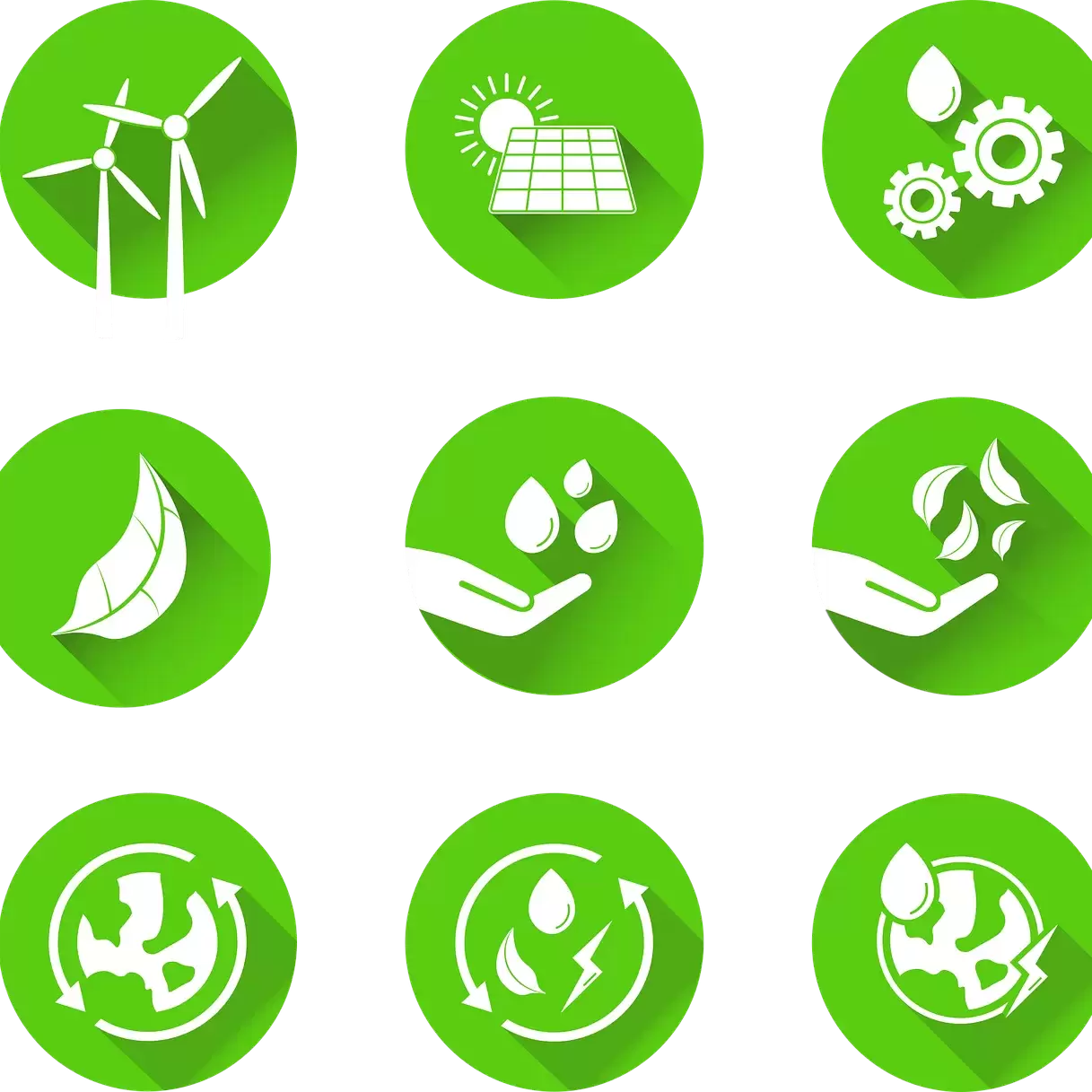Droughts are unfortunately nothing new in much of the United States. So, it's more important than ever that we start taking steps to conserve water. By making small changes to our daily routine and using less water overall, we can help stretch local water sources. There are also other tips for how to maintain your home during a drought at Liv.
First, start by creating a drought plan. If you're unsure of how to create a drought plan that cuts down on water waste, these tips will help get you started.
Reducing Water Waste Around Your Home
Water waste is an essential problem to consider. Irrigation, lawn care, and plant watering are all examples of water-intensive tasks. While you may avoid performing these activities altogether, there are many ways to do so while conserving water.
Look for Efficient Ways to Wash Your Car
Avoid washing your car during droughts, if at all possible. If you're a stickler for spotless cars or need to remove any potential damage from the paint, look for a car wash that does low-water washes. If you want to wash the automobile yourself, don't let the hose run throughout cleaning it. Wet down the car and turn off the water before proceeding with other steps.
Keeping Your Garden Alive
Vegetables and container plants will dry out and die during a drought unless they're watered. If you have an irrigation system, test each valve and hose to ensure that they work properly. This will help your garden stay healthy while using less water. If you don't have an irrigation system and have a small garden, try hand-watering with rainwater or water from the kitchen sink.
Lawn Alternatives
Nobody wants a dead-looking lawn. If you're experiencing a drought, though, maintaining your lawn's health may be difficult. Try reseeding your lawn with drought-resistant grass; this will minimize the water required to keep it looking green.
If you must water your lawn, make sure there are no leaks in your sprinkler system and that all of the water is being used where it's most needed. Also, be careful not to overwater.
When watering trees, keep in mind that their roots extend far beneath the surface. Don't put the water source too near to the trunk since a large portion of the water supplied there will go to waste. Watering further away from the tree's base increases the likelihood that the water will reach its roots and be absorbed by them.
Saving Water Indoors
You can conserve water in your home in many ways. Check for leaks, running toilets, and dripping faucets and repair or replace them as soon as possible. A small drip can waste gallons of water if left unchecked.
There are plenty of ways to save water--many of them quite easy to adjust to. The kitchen, bathroom, and laundry room are the parts of your home where a drought plan can save the most water.
You Can Save a Lot in Your Kitchen
You can save water and money by making a few small changes in your kitchen habits. For example, running a dishwasher instead of washing dishes by hand can conserve quite a bit of water. If you don't have access to a dishwasher, simply use two dishpans -– one for soapy water and the other for rinsing.
If you must run your faucet while waiting for the water to heat, don't let it go down the drain. Collect it in a bottle or a bucket and use it to rinse dishes, make coffee, water plants, or mop the floor.
Water that's used for cooking may frequently be saved and put to good use. You may utilize the water you used to cook pasta or veggies to irrigate your garden. The additional nutrients will benefit your plants.
Making Your Bathroom More Efficient
Each time you visit the bathroom, you have chances to save water. You can cut back on consumption by turning off the water while brushing your teeth or lathering in the shower. Try taking baths instead of showers or shorter showers if that's your preference.
If you have an outdated toilet, there are a few ways to conserve water rather than replacing the entire system. One method is to place a gallon-sized bottle of water or one or two bricks into the tank so it doesn't overfill. This will reduce how much water is flushed with every use. Another option involving newer technology is to get a dual-flush toilet. It uses much less water for liquid waste than solid waste, thus saving significant amounts over time.
Reducing Water Use in the Laundry Room
The greatest approach to reduce water consumption in the laundry room is to pay attention to each load of washing. To clean the amount of clothing you added effectively, use the smallest-sized load possible. If your washer doesn't have various load sizes available, don't run it until there's a full load. Skipping the extra rinse cycle is also advised unless there's a specific requirement for it.
Liv Community's Green Compromise
The people running your Liv community are dedicated to preserving the environment and reducing their impact on ecosystems. They have a plan for surviving droughts which includes environmentally appropriate grass and landscaping plants that do not require much watering but still look aesthetically pleasing.
At Liv, we adhere to a strict set of maintenance guidelines that are regularly scheduled and cover emergency repairs too. This means you'll never have to deal with a running toilet, leaking pipe, or dripping faucet yourself. In fact, one of the many advantages of living here is that someone else will take care of all your home maintenance needs for you. Simply make a call or send an email request and the problem will be solved for you.
Contact us if you'd like to learn more about how to endure drought conditions in your Liv home or discover more about our dedication to being an ecologically friendly living environment.
